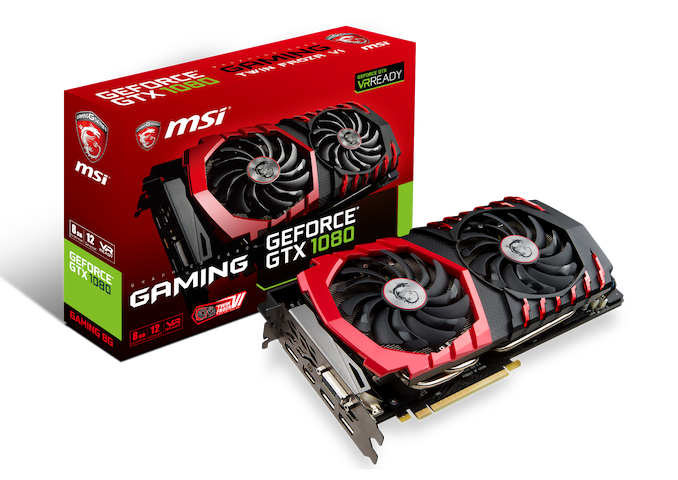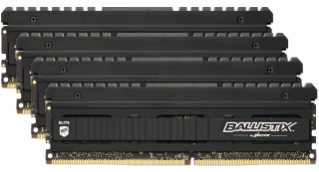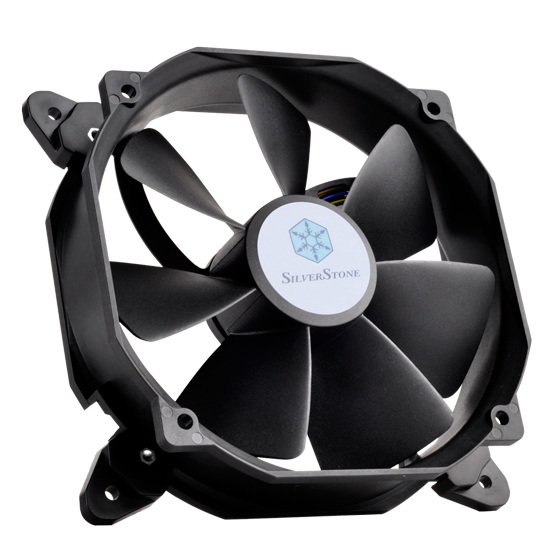The GIGABYTE X570 Aorus Xtreme Motherboard Review: Fanless AM4
by Gavin Bonshor on September 24, 2019 9:00 AM ESTBoard Features
The GIGABYTE X570 Xtreme is the current flagship in its product stack, with a current selling price of $700 at Newegg and Amazon. The premium and core feature set includes an Aquantia AQC107 10 GbE NIC, with an assisting Intel I211-AT Gigabit NIC which provides users with dual Ethernet ports on the rear panel, and an Intel AX200 Wi-Fi 6 802.11ax wireless interface offers users with both Wi-Fi and BT 5.0 connectivity. The onboard audio solution is higher quality than standard models with a Realtek ALC1220-VB HD audio codec with GIGABYTE also included an ESS Sabre 9218 DAC with uprated WIMA audio capacitors located on the audio section of the PCB. As with other high-end X570 models, there are three PCIe 4.0 x4 M.2 slots with the bottom-mounted slot on the PCB shared with two of the six SATA ports which supports RAID 0, 1 and 10 arrays.
| GIGABYTE X570 Aorus Xtreme E-ATX Motherboard | |||
| Warranty Period | 3 Years | ||
| Product Page | Link | ||
| Price | $700 | ||
| Size | E-ATX | ||
| CPU Interface | AM4 | ||
| Chipset | AMD X570 | ||
| Memory Slots (DDR4) | Four DDR4 Supporting 128 GB Dual Channel Up to DDR4-4400 |
||
| Video Outputs | N/A | ||
| Network Connectivity | Aquantia AQC107 10 G Intel I211-AT 1 G Intel AX200 Wi-Fi 6 802.11ax |
||
| Onboard Audio | Realtek ALC1220-VB ESS 9218 DAC |
||
| PCIe Slots for Graphics (from CPU) | 2 x PCIe 4.0 x16 (x16, x8/x8) |
||
| PCIe Slots for Other (from PCH) | 1 x PCIe 4.0 x4 | ||
| Onboard SATA | Six, RAID 0/1/10 | ||
| Onboard M.2 | 1 x PCIe 4.0 x4/SATA (CPU) 2 x PCIe 4.0 x4/SATA (Chipset) |
||
| USB 3.1 (10 Gbps) | 5 x Type-A Rear Panel 1 x Type-C Rear Panel 1 x Type-C Header |
||
| USB 3.0 (5 Gbps) | 2 x Type-A Rear Panel 2 x Type-A Header |
||
| USB 2.0 | 4 x Type-A Rear Panel 1 x Header (two ports) |
||
| Power Connectors | 1 x 24-pin ATX 2 x 8pin CPU |
||
| Fan Headers | 1 x CPU (4-pin) 1 x Water Pump (4-pin) 7 x System (4-pin) 8 x System (4-pin) - Fan Commander |
||
| IO Panel | 5 x USB 3.1 G2 Type-A 1 x USB 3.1 G2 Type-C 2 x USB 3.1 G1 Type-A 4 x USB 2.0 Type-A 2 x Network RJ45 (Aquantia/Intel) 5 x 3.5mm Audio Jacks (Realtek) 1 x S/PDIF Output (Realtek)) 2 x Intel AX200 Antenna Ports 1 x Q-Flash BIOS Button 1 x Clear CMOS Button |
||
The rear panel includes a pre-installed rear IO shield and also features five USB 3.1 G2 Type-A, one USB 3.1 G2 Type-C and two USB 3.1 G1 Type-A ports, and four USB 2.0 ports. Users can expand on this with a single USB 3.1 G2 Type-C header which provides a single port, a USB 3.1 G1 Type-A header for two additional ports, and a single USB 2.0 header which offers users two additional ports. The GIGABYTE X570 Aorus Xtreme includes a comprehensive 14-phase power delivery for the CPU and a 2-phase solution for the SoC. Given the high-end and flagship status of the X570 Aorus Xtreme, there are no video outputs on the rear panel with the board design for the higher-end Ryzen 3rd generation processors such as the Ryzen 9 3900X and the impending Ryzen 9 3950X which is due later this year.
Test Bed
As per our testing policy, we take a high-end CPU suitable for the motherboard that was released during the socket’s initial launch and equip the system with a suitable amount of memory running at the processor maximum supported frequency. This is also typically run at JEDEC subtimings where possible. It is noted that some users are not keen on this policy, stating that sometimes the maximum supported frequency is quite low, or faster memory is available at a similar price, or that the JEDEC speeds can be prohibitive for performance. While these comments make sense, ultimately very few users apply memory profiles (either XMP or other) as they require interaction with the BIOS, and most users will fall back on JEDEC supported speeds - this includes home users as well as industry who might want to shave off a cent or two from the cost or stay within the margins set by the manufacturer. Where possible, we will extend out testing to include faster memory modules either at the same time as the review or a later date.
While we have been able to measure audio performance from previous Z370 motherboards, the task has been made even harder with the roll-out of the Z390 chipset and none of the boards tested so far has played ball. It seems all USB support for Windows 7 is now extinct so until we can find a reliable way of measuring audio performance on Windows 10 or until a workaround can be found, audio testing will have to be done at a later date.
| Test Setup | |||
| Processor | AMD Ryzen 3700X, 65W, $329 8 Cores, 16 Threads, 3.6 GHz (4.4 GHz Turbo) |
||
| Motherboard | GIGABYTE X570 Aorus Xtreme (BIOS F3i) | ||
| Cooling | ID Cooling Auraflow 240mm AIO | ||
| Power Supply | Thermaltake Toughpower Grand 1200W Gold PSU | ||
| Memory | 2x8GB G.Skill TridentZ DDR4-3200 16-16-16-36 2T | ||
| Video Card | ASUS GTX 980 STRIX (1178/1279 Boost) | ||
| Hard Drive | Crucial MX300 1TB | ||
| Case | Open Benchtable BC1.1 (Silver) | ||
| Operating System | Windows 10 1903 inc. Spectre/Meltdown Patches | ||
Readers of our motherboard review section will have noted the trend in modern motherboards to implement a form of MultiCore Enhancement / Acceleration / Turbo (read our report here) on their motherboards. This does several things, including better benchmark results at stock settings (not entirely needed if overclocking is an end-user goal) at the expense of heat and temperature. It also gives, in essence, an automatic overclock which may be against what the user wants. Our testing methodology is ‘out-of-the-box’, with the latest public BIOS installed and XMP enabled, and thus subject to the whims of this feature. It is ultimately up to the motherboard manufacturer to take this risk – and manufacturers taking risks in the setup is something they do on every product (think C-state settings, USB priority, DPC Latency / monitoring priority, overriding memory sub-timings at JEDEC). Processor speed change is part of that risk, and ultimately if no overclocking is planned, some motherboards will affect how fast that shiny new processor goes and can be an important factor in the system build.
New Test Suite: Spectre and Meltdown Hardened
Since the start of our Z390 reviews, we are using an updated OS, updated drivers, and updated software. This is in line with our CPU testing updates, which includes Spectre and Meltdown patches. We are also running the testbed with the new Windows 10 1903 update for AMD's Ryzen 3000 series CPUs, and X570 motherboard reviews. The Windows 1903 update improves multi-core and multi-thread performance on AMD's Ryzen processors with topology awareness meaning previous issues in regards to latency have been known to affect performance. As users are recommended to keep their Windows 10 operating system updates, our performance data is reflected with the 1903 update.


















42 Comments
View All Comments
Kurosaki - Tuesday, September 24, 2019 - link
Yes, but where do the M2 ssd's go?! :DKWottrich - Tuesday, September 24, 2019 - link
Two between the PCIe slots (there are screws to open up panels in the metal plate covering the lower part of the board), and one on the back. The one on the back is the one that disables 2 SATA ports if used, as noted in the final page of the article.Aenra - Tuesday, September 24, 2019 - link
Am now wondering if this is the same "reviewer" responsible for the semi-recent Supermicro review.If so, hardly surprised. And regardless.. a 3700X? Seriously? You pick up a behemoth and test it, how? With a 3700X.. well done; again, if it's indeed the same person. Why not a 3400G? I mean it's AM4 and everything, right?
(and if it is the same person, chances are that as with the previous article, i'd find even more glaring issues to name, except this time i can't even bother to read it all; stopped at '3700X')
This site does amazing hard drive reviews; very good CPU reviews; exceptional editorials; but needs some serious love in its mobo review department. It's honestly a shame, stands out compared to the rest.
Respectfully, your average lurker.
shabby - Tuesday, September 24, 2019 - link
What would be the point in testing a 12/16 core? Any x570 board can run one at 4.3ghz+, the board isn't the bottleneck it's the cpu.Death666Angel - Tuesday, September 24, 2019 - link
"semi-recent Supermicro review" If we mean the same thing (C9Z390-PGW), then that review was February 1st. We have very different meanings of "semi-recent" then. And it was also Gavin Bonshor who did that review.imaheadcase - Tuesday, September 24, 2019 - link
If you can't even bother to read the reviewer name in top of article and compare it to another article, and can't read past a single word in this article. What are you even doing here if can't finish simple things.TheinsanegamerN - Tuesday, September 24, 2019 - link
What would you suggest then smart guy? A 3800x that hits the same clock rates +/- 25 MHz? A 3900x that nobody can get ahold of and will hit the SAME clock ceiling?Go back to lurking.
SSTANIC - Tuesday, September 24, 2019 - link
They have been testing it with a 3950X, but its launch and NDA (Sep 30th) have been postponed to November..Smell This - Tuesday, September 24, 2019 - link
"As it currently stands, the GIGABYTE X570 Aorus Xtreme includes the best power delivery of any X570 motherboard we have seen so far in our testing."_____________________________________________________________
Uhhh .... yeah. It thumped the competition, hands down. Nice job, GB.
DanNeely - Tuesday, September 24, 2019 - link
Unless they're including a right angle adapter I think the side pointed 24-pin ATX connector is risky idea. If you're running the cable on the same side of the mobo-tray as the board it's not an issue, but most high end cases today route the cables behind the board with holes just outside. 24 pin cables are really stiff if the wires are bundled together; I had a board with a 90 power plug a about a decade ago (was either LGA1366 or S939) of years ago and the all in a single bundle cable from the PSU wouldn't make the bend; I ended up having to run a big loop into the drive bay area and ended up with more of the cable sticking out than for a conventional top down plugin. Even with that the cable was still very difficult to bend into place to insert and was putting a lot of tension onto the board trying to lift it up from the tray afterward. Individually sleeved wire designs might be OK if you've got a long length from the plug to the last point they're zip-tied together, but a standard fat bundle is asking for trouble.